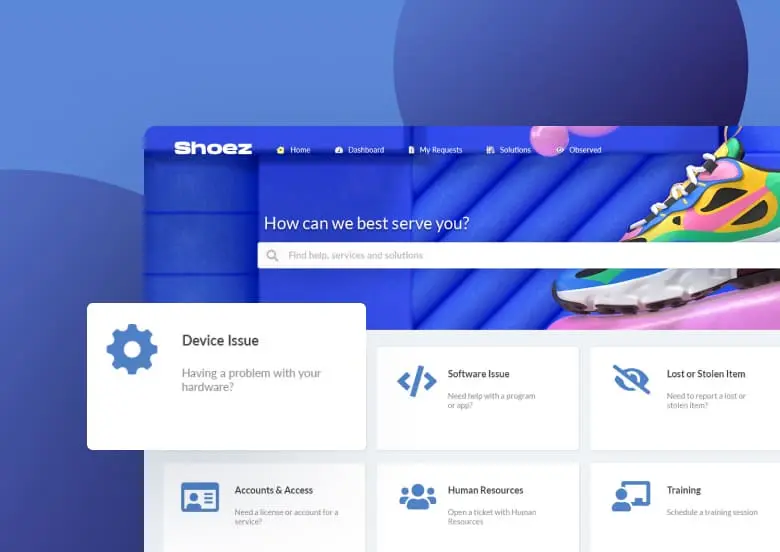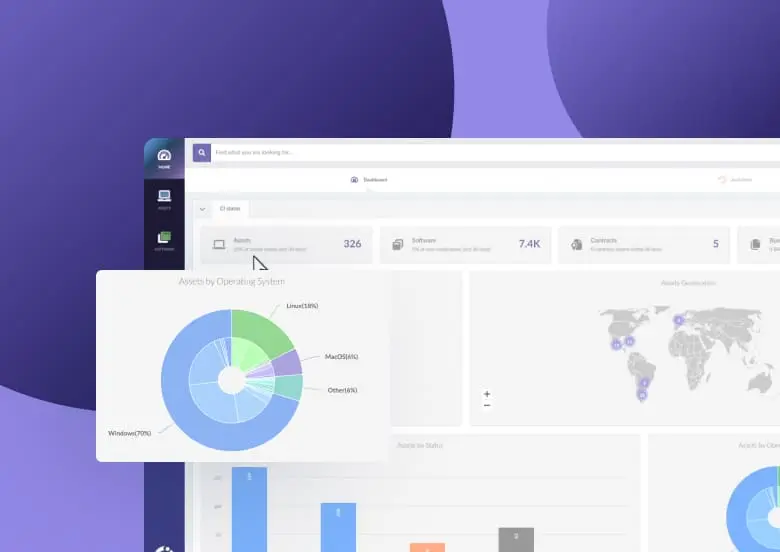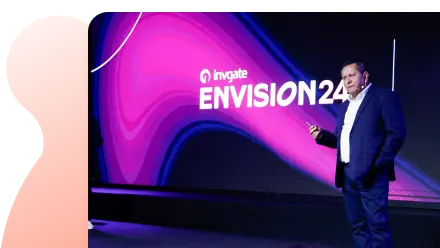For your IT Service Management (ITSM) tool to really make a difference, it needs to do more than just handle tickets. The secret is in how well it integrates with the rest of your tech stack in order to maximize its value and your ROI.
ITSM integrations will connect your IT services with other systems. What does this mean? First, time savings and smoother workflows for support agents that no longer need to switch between tools. Plus, when your ITSM tool works seamlessly with other systems, users are more likely to adopt it.
This guide covers the most important integrations that every ITSM system should include: Asset Management, collaboration, communication, and more. Keep reading to discover the connections you need to look for when choosing a tool for your organization.
InvGate's Integrations database
Connect our solutions with the apps you use every day.
Explore InvGate's integrations

Why are ITSM integrations important?
Without the right integrations, IT teams end up juggling several separate systems that don’t easily share information. This disconnect forces staff to switch between platforms and duplicate efforts, which slows down problem resolution and increases the chance of errors.
ITSM integrations provide three key benefits:
- Increased efficiency and better traceability: Integrations reduce manual data entry, automate repetitive tasks, and allow teams to track incidents, changes, and assets without switching tools.
- Higher adoption rates: A well-integrated ITSM tool fits within existing workflows, making it easier for employees to use. Omnichannel support, for example, ensures users can submit requests through their preferred communication channels.
- Data accuracy: Integrations centralize data, so all information is up-to-date and consistent across platforms. This reduces the risk of errors and improves decision-making processes.
An effective ITSM solution should come with native integrations, robust APIs, and connectors that let it interact smoothly with various tools.
Types of ITSM integrations
Here are the key categories of ITSM integrations:
ITSM and IT Asset Management (ITAM)
Connecting IT Service Management with IT Asset Management links your service desk with real-time asset data. It gives support teams instant access to hardware details, software licenses, and configuration records.
How it works:
- When a service request comes in, agents can quickly check the status, history, and specifications of the affected asset, making troubleshooting faster and more accurate. It’s easier to determine if the issue is due to hardware wear, software conflicts, or known vulnerabilities.
Combining ITSM and ITAM also supports proactive planning and Change Management. When IT teams plan an update or a system change, they can quickly see which assets will be affected. Tools such as a Configuration Management Database (CMDB), asset discovery, and inventory systems provide real-time information about dependencies, while Software License Management keeps track of usage and compliance.
The result is fewer surprises during maintenance windows, lower risk of disruptions, and a more reliable service delivery. Ultimately, integrating ITSM with ITAM leads to a more resilient and efficient IT environment.

ITSM And CMDB: How to Make the Most of Their Relationship?
ITSM and communication platforms
When ITSM is linked to communication platforms, support teams can work directly from the channels users already prefer.
How it works:
- Consider a scenario where an employee reports an issue through a Microsoft Teams chat or Slack message. Instead of having to manually log the call, the system converts the message into a service ticket automatically.
Furthermore, integrating voice and SMS tools allows calls and text messages to trigger ticket creation. When a user calls the help desk, the system records the interaction and creates a ticket while notifying the appropriate technician.
We recommend these integrations to reduce the risk of lost requests. You’ll be meeting users where they are and keeping the communication flow intact throughout the support process.
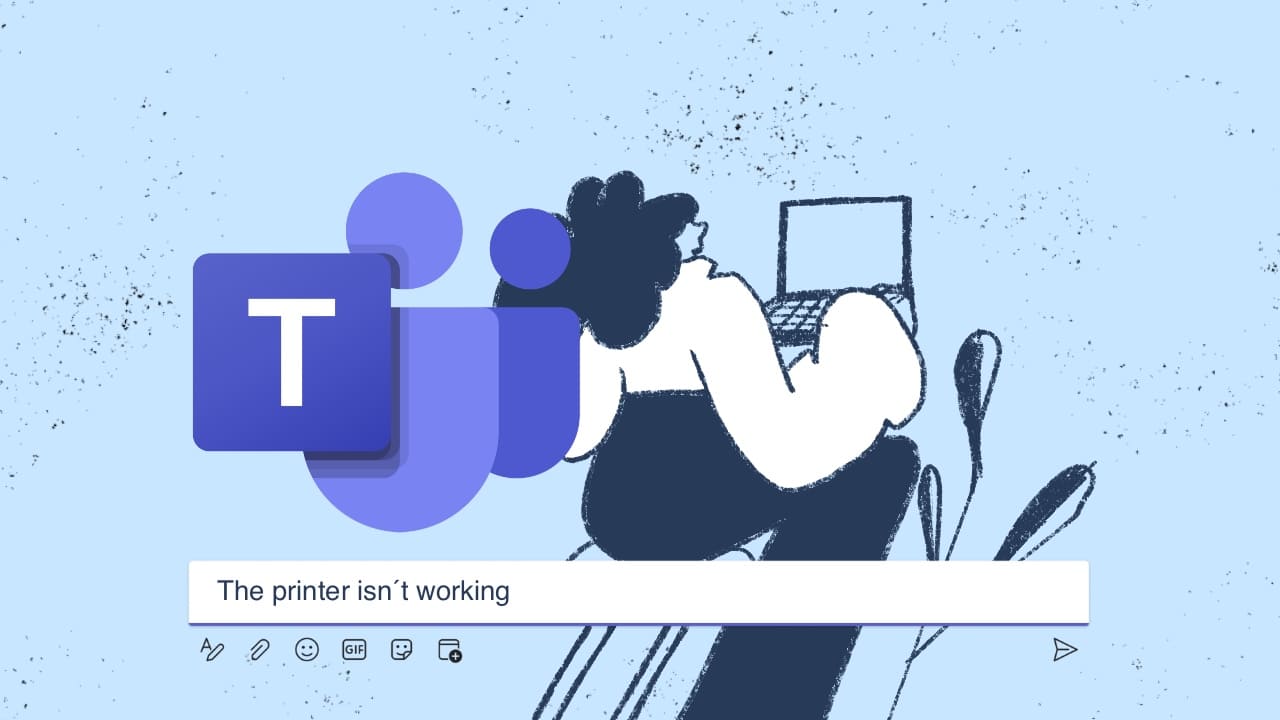
Introducing InvGate Service Management’s Virtual Agent For Microsoft Teams
ITSM and collaboration platforms and tools
Support teams often work closely with development and project teams, and collaboration tools are a basic part of the support ecosystem. IT teams can automatically capture changes and updates by integrating ITSM with systems like Azure DevOps, Jira, or Confluence.
How it works:
- For instance, if a developer makes a significant update or change request in Jira, the ITSM system can generate a corresponding ticket to assess the impact on production environments.
With service requests flowing directly from collaboration tools, IT can stay current on project statuses and better coordinate efforts across departments.
This integration reduces manual data transfer between departments, informing everyone about ongoing work. It also clarifies the context surrounding each service request, ensuring that support teams are not working in isolation.
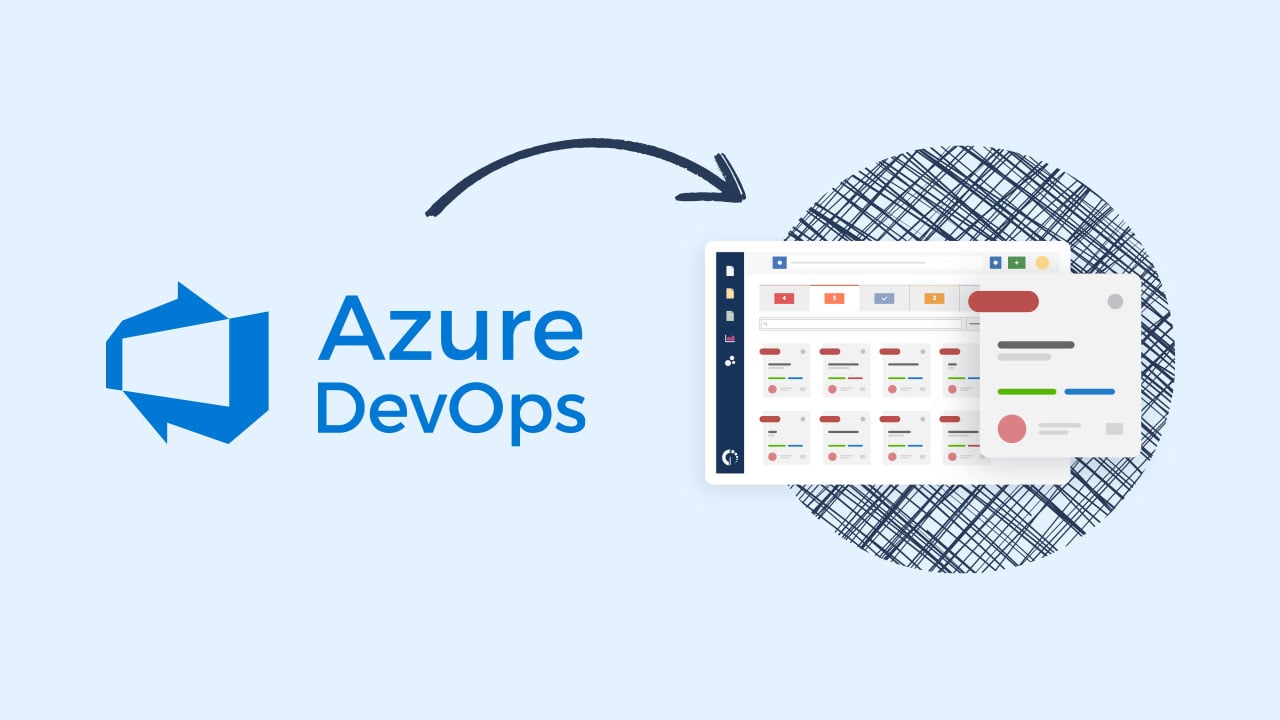
Integrating InvGate Service Management and Azure DevOps
ITSM software and Human Resources systems
HR processes have a direct impact on IT operations. When an organization integrates ITSM with HR platforms like Workday or BambooHR, routine HR processes can trigger automated IT actions.
How it works:
- When a new employee is onboarded, the system can automatically create a service request to set up an account, provision necessary equipment, and assign access rights. Likewise, when an employee leaves, an automatic process can initiate access revocation and equipment recovery.
The connection between IT and HR service delivery saves time and minimizes the risk of errors that might occur with manual updates. Accurate, real-time data from HR ensures that IT resources match the current workforce, reducing the chance of security gaps and improving overall efficiency.
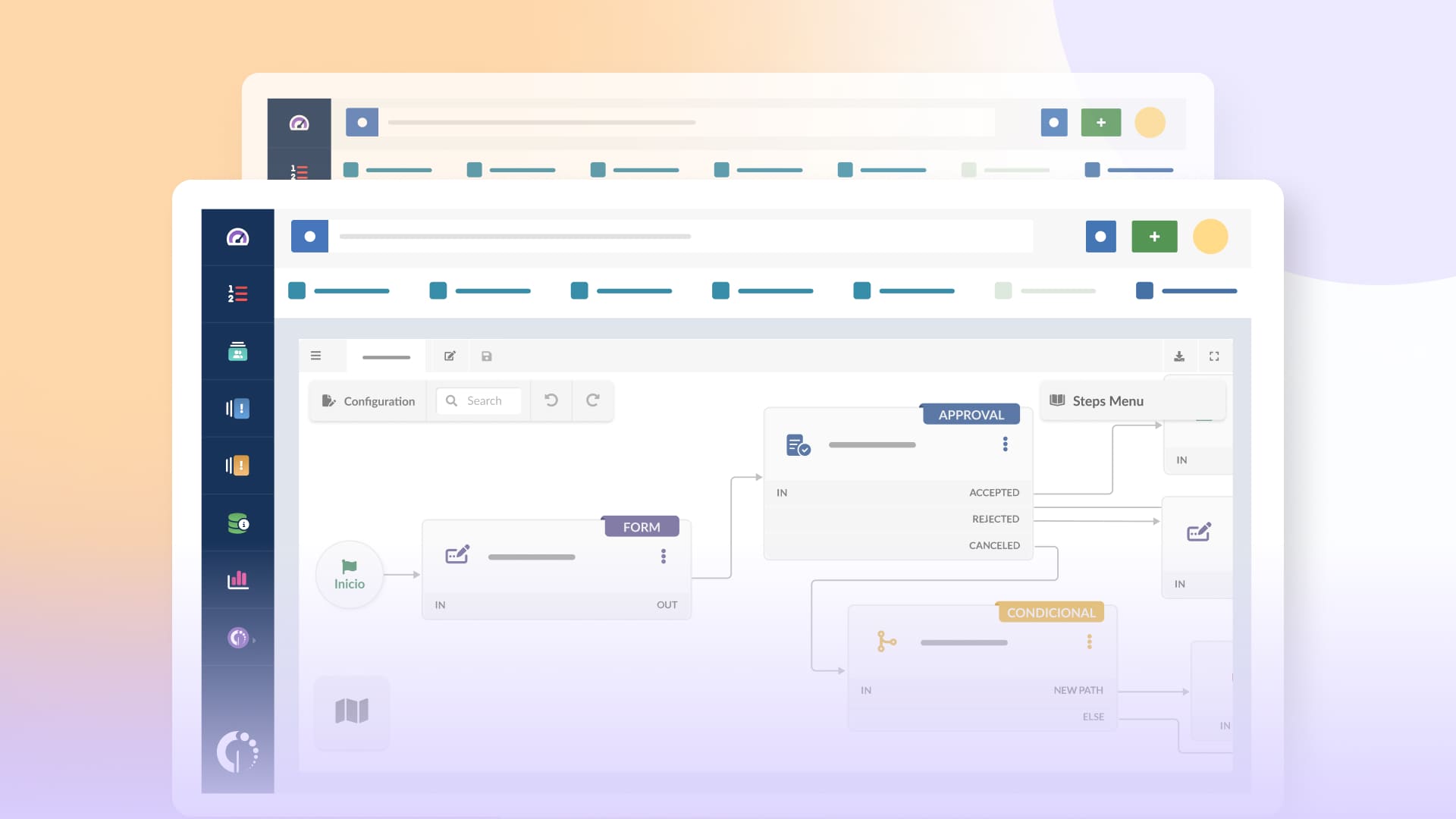
HR Workflow Automation: 6 Common Workflows for Human Resources
ITSM and Identity and Access Management (IAM)
Integrating ITSM with Identity and Access Management improves security by controlling who can access systems and reducing the administrative load on IT teams. One of the key elements of this integration is Single Sign-On (SSO), which lets users log in once to access multiple systems.
How it works:
- SSO for daily access: Employees use one set of credentials to sign in, and that login grants them access to ITSM alongside other integrated systems.
This means that when a user logs in, their identity is confirmed, and they immediately receive the necessary permissions. It simplifies daily operations by reducing the need for repeated logins and manual password resets.
- Automated provisioning and deprovisioning: When an employee joins or leaves the organization, the SSO system automatically triggers actions within the ITSM platform. For instance, a new hire's information can automatically create a service request to set up accounts and assign access rights.
Similarly, when someone departs, the system promptly revokes access. This keeps your IT environment up to date, minimizes manual errors, and maintains security by ensuring that only current users have access to sensitive tools and data.
Use Artificial Intelligence (AI) to improve ITSM
AI-powered integrations add an extra layer of efficiency to ITSM by reducing the workload on support teams. Let’s see some use cases.
How it works:
- AI for Ticket Management: When a ticket contains extensive details or lengthy conversations, the AI system can scan and extract the most important points and provide a summary. It can also help agents craft faster responses and check their tone.
- AI-driven service desk chatbots: When users submit common queries or issues through the ITSM portal, an AI chatbot engages with them directly. The chatbot guides users through standard troubleshooting steps, potentially resolving simple issues without human intervention. If the problem is more complex, the chatbot forwards the ticket with all the gathered context to an experienced technician.
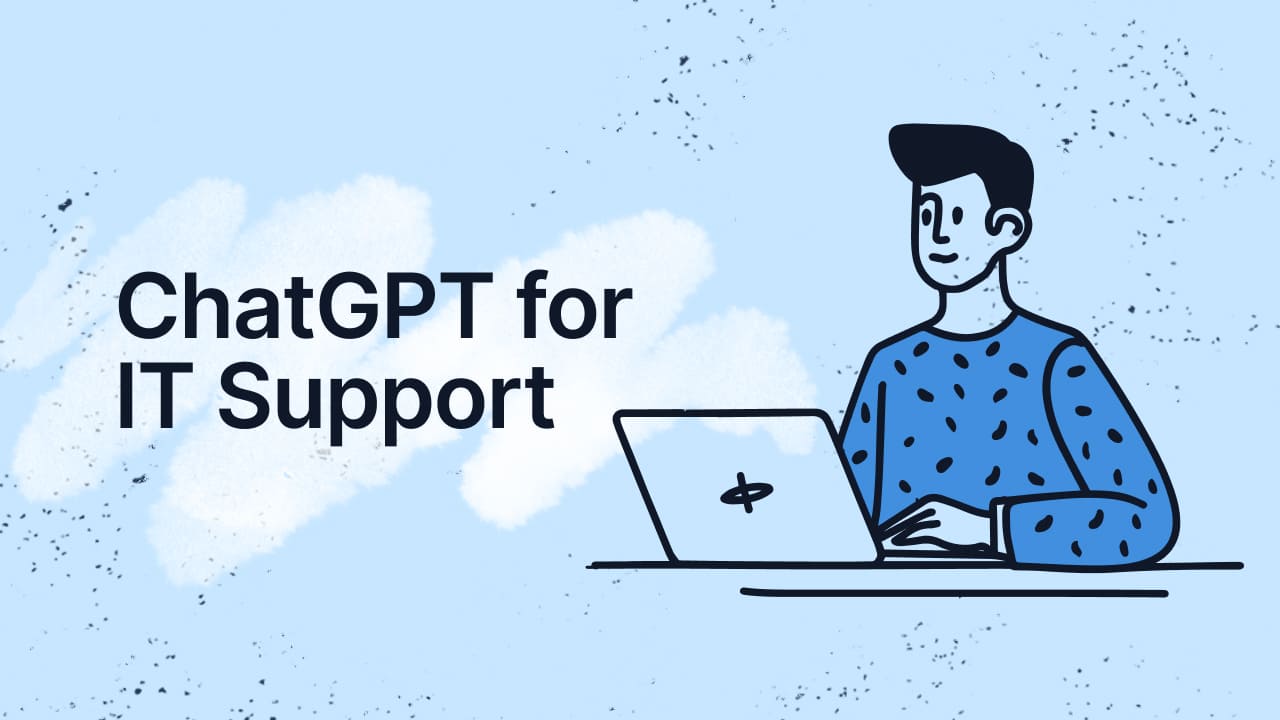
9 Ideas to Use ChatGPT for IT Support
Connect ITSM tools with email services
ITSM has come a long way, but email still remains one of the most familiar ways for users to report IT issues. Integrating email with your ITSM system means that incoming messages automatically convert into service tickets.
How it works:
- Automated ticket creation: When a user sends an email describing an issue, the ITSM system automatically logs the email as a ticket and sends an acknowledgment. This immediate response confirms receipt and ensures that every issue is captured without additional manual steps.
- Automated notifications: Once the ticket is created, the system sends periodic email updates to keep the user informed. Whether the ticket is updated or resolved, follow-up messages clarify the next steps or confirm that the issue has been addressed, maintaining clear and continuous communication throughout the support process.
Tips to succeed in ITSM integration
To maximize the benefits of ITSM integrations, consider these best practices:
- Prioritize essential integrations: Identify which tools your team relies on most and integrate them first.
- Ensure compatibility: Verify that your ITSM platform supports necessary APIs and connectors.
- Automate where possible: Use automation to reduce manual work and enhance productivity.
- Monitor and optimize: Continuously review your integration’s performance and make adjustments as needed.
- Train your team: Ensure employees understand how to use integrated tools effectively.
Why InvGate Service Management is your top pick for ITSM integrations
InvGate Service Management is built for seamless integrations, giving you the flexibility to connect with the tools your organization already uses. It comes with integrations across several key categories:
- ITAM: InvGate Asset Management, FileWave, Lansweeper, Microsoft SCCM.
- Communication: Microsoft Teams, Slack, WhatsApp, RingCentral, Twilio, Asana.
- Collaboration: Azure DevOps, ServiceNow, Jira, Confluence, Five9.
- HR and expenses: Workday, BambooHR, Peopleforce, Teamtailor, Factorial, Greenhouse, Workable, Hibob, Rippling, Expensify, Deel.
- Identity and Access Management: Okta, Microsoft Active Directory, Entra ID, Office 365, Open LDAP. These are our out-of-the-box integrations, but we support any provider that uses the SAML protocol.
- Email: Google G Suite, Outlook.
- AI: OpenAI
Beyond these direct integrations, InvGate Service Management also works with Zapier, a no-code automation platform that acts as a bridge between apps. With Zapier, you can set up workflows that automatically trigger actions — like creating or updating service requests — whenever an event happens in another tool without needing any programming knowledge. It’s the perfect way to extend InvGate’s functionality without diving into custom development.
If you need something that isn’t available as a pre-built integration, InvGate’s RESTful API provides a powerful way to interact with the platform programmatically. The API communicates using JSON and allows developers to securely retrieve, create, update, and delete data by authenticating with an API key in the request headers.
This means you can build custom connections, automate tasks, and tailor the platform to your exact needs, ensuring a fully integrated ITSM ecosystem.
Final words
An ITSM tool is only as good as the systems it connects with. The more effectively it integrates with the tools your team needs, the smoother your operations will be. This guide laid out the key integrations to look for, but ultimately, the best ITSM setup is the one that fits your workflows without adding complexity.
If you’re looking for an ITSM solution that checks all the right boxes, check out InvGate Service Management! You can ask for your 30 day free trial.
